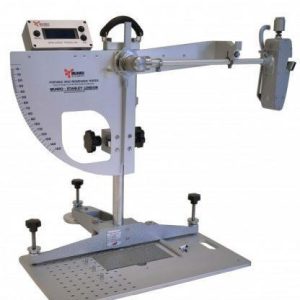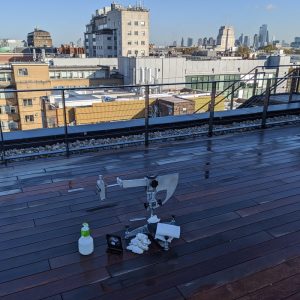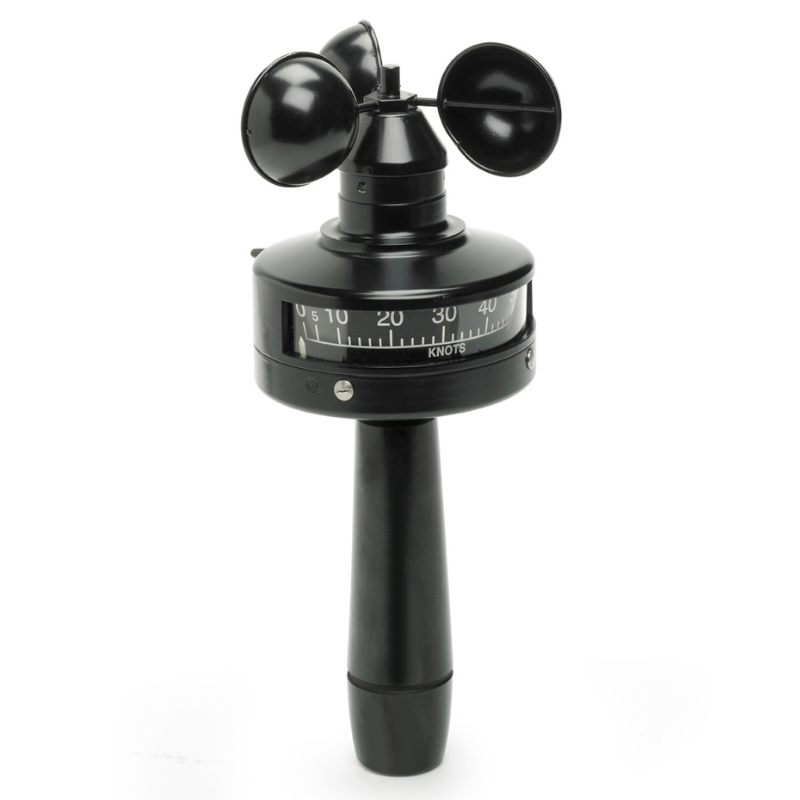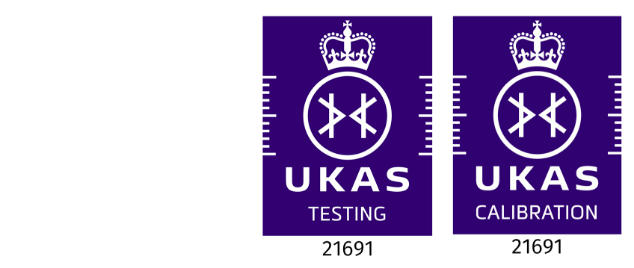The slip resistance of a floor and its cleaning regime will be more closely related than many would think. Effective cleaning is essential, as we have seen floor surfaces move from a low to high slip risk classification in the space of a week, exposing pedestrians to injury and responsible parties to expensive claims.
Where floors have been designed to offer safe grip in the wet (anti-slip floors) they will have an inherently rougher surface texture, not necessarily on a scale that is visible, but certainly on the microscopic scale. The rough surface texture is necessary to disperse the high-pressure squeeze film generated in a wet slip. Over time dirt builds up within the floor profile, smoothing it and making it slippery in wet conditions.
A simple analogy is that of a car tyre, with sufficient tread it performs well in the wet, like a clean floor, but when smooth/bald it is dangerously slippery, like a dirty floor. The ingrained dirt in the floor profile is responsible for filling in those crucial gaps in the tread/profile that are crucial pathways for the water to escape.
What is effective cleaning?
Effective cleaning, for the purposes of slip resistance, is cleaning which will physically remove this ingrained dirt from the surface. Sanitising and/or disinfecting a surface, hygienic as it is, will not help slip resistance as dirt deposits have not been removed. Buffing or polishing a surface to improve aesthetic appearance will be similarly ineffective for the same reason. It is important to recognise the difference between cleaning for aesthetics or sanitation, and cleaning for safety.
Effective floor cleaning is surprisingly uncommon, and its likely that if you look closely at the floor during your next visit to a changing room or pool surround you will see evidence of this. Cleaning effectively isn’t difficult but may require a change from “how we’ve always done it”. All that is required is;
- Use of the correct cleaning solution for both floor and contaminants. Flooring should be supplied with appropriate directions for cleaning chemicals. Specialist products are available for particularly demanding environments.
- The solution applied at the correct dilution. Too weak and dirt deposits will not be broken down. Too strong and residues will be left on the surface, negating the cleaning effort.
- Agitation of the surface to lift dirt from the profile. Mechanical aids are far better than human effort where large areas are concerned, not least for the human involved! A mechanical scrubber, jet washer or high-pressure steamer may do the job but ensure you consult the flooring manual first to avoid damage.
- An appropriate dwelling time for the cleaning solution. The chemicals need time to break down and bond with the contaminants in the floor surface.
- Removal of the water/chemical/dirt mixture. Vacuum pick up works well but rinsing with clean water is probably more common. The water must be clean, and of sufficient quantity to effectively remove all soiled water from the surface.
- Finally, and crucially, if the surface is slippery when wet, ensure it has dried fully before permitting access. Vacuum pick-ups are rarely 100% effective and only a tiny amount of water is required to lubricate a slip. Working in sections and cordoning off the cleaned area to air dry, opening only when completely dry, is the best option.

Invest in effective cleaning of the tiles
If you are currently relying on a mop and bucket approach, it’s worth considering how many of the above steps you’re missing out. It is likely you could make significant gains both in terms of safety and aesthetics by spending a little longer on cleaning more effectively. When considering the costs of cleaning staff, equipment and chemicals, it would be prudent to balance potential economising measures with the potential costs of a slip compensation claim. Many slip accident claims that we have been involved with could have been avoided with an effective cleaning regime.
Whilst effective cleaning is essential to maintain wet slip resistance over time, cleaning will not fix floors that never had good anti-slip performance to begin with. This is because cleaning does not (should not!) affect the surface profile of the floor beyond removing dirt. We find that around half the floors that present a slip risk in the wet would offer safe grip levels if subject to an effective cleaning regime, so this still represents a sensible first step to reducing slip risk. If your floor is clean but still slippery, then is the time to look at anti-slip treatments which will change the surface by increasing the roughness. Munro are happy to impartially recommend anti-slip contractors who we have worked with and know their solutions to be effective.
Regular slip testing is a powerful in the cleaning process as it will alert you to a drop off in the performance of your cleaning regime, allowing improvements to be made before a member of your staff or the public is injured and the resource consuming slip claim arises Munro’s Slip Resistance Testing Service provide an accredited Pendulum Test which is free from commercial drivers for a particular outcome, and so can be relied upon to provide both accurate measurement and unbiased impartial recommendations for improvement.







